After walking about one kilometer between green fields of wheat, we arrived at the location of the village that had been destroyed following its capture in 1948. Today the village center and its cemetery are surrounded by barbed wire and used to graze cows. The sign on the gate states that it’s the entrance for cows, and asks people to be sure and close the gate. It’s located on the eastern edge of the village, near what until 1948 was the home of the al-Sa’di family. The family’s youngest son, Mannad al-Sa’di, who’s now 78 years old, stood amidst the ruins of his move, described the large house and told participants in the tour what he remembers about fleeing the village in fear when Jewish forces attacked, like they attacked the two neighboring Palestinian villages of al-Sajara and Lubya.
Thurayya Issa was five years old. She told us that her father woke her up early that day, shouting “get up, get up, the Jews are attacking.” She, her three-year-old sister, her father and grandfather went to Kafr Kama, the Circassian village, while her mother and one-year-old baby sister went to Lubya, and then to Nazareth, and they were all reunited only more than a month later.
The tour continued past the ruins of the village homes, piles of stones on both sides of the road amid the wild green spring vegetation – mallows, khurfeish, mustard, etc. The village cemetery is located on the western edge, next to the mosque. The mosque has been demolished, the cemetery desecrated by cattle and their mire, the gravestones scattered on the ground, only a few gravesites still identifiable as such. Fatima, the Issa family’s youngest daughter, who was born in 1952, movingly recounted her refugee childhood and how she maintained her emotional connection to the village, telling us how painful it is to see the destroyed village.
The landscape was striking. The village stands – or, more accurately, lies, in view of its present condition – on a hill surrounded by broad green valleys, everything green as far as the distant horizon.
Participants took an active part in the tour, children played among the ruins of the village, men and women gathered edible plants, the refugees made coffee for everyone, and they enthusiastically erected signs commemorating the village and its important sites. They read “Remembering Kafr Sabt,” the booklet we published in conjunction with the tour. Many people had cameras with which they documented the event; some participants recounted experiences and memories from past visits to the village or from stories they’d heard from their elderly parents. The refugees said they’d tell their relatives in Syria and Jordan about the event.
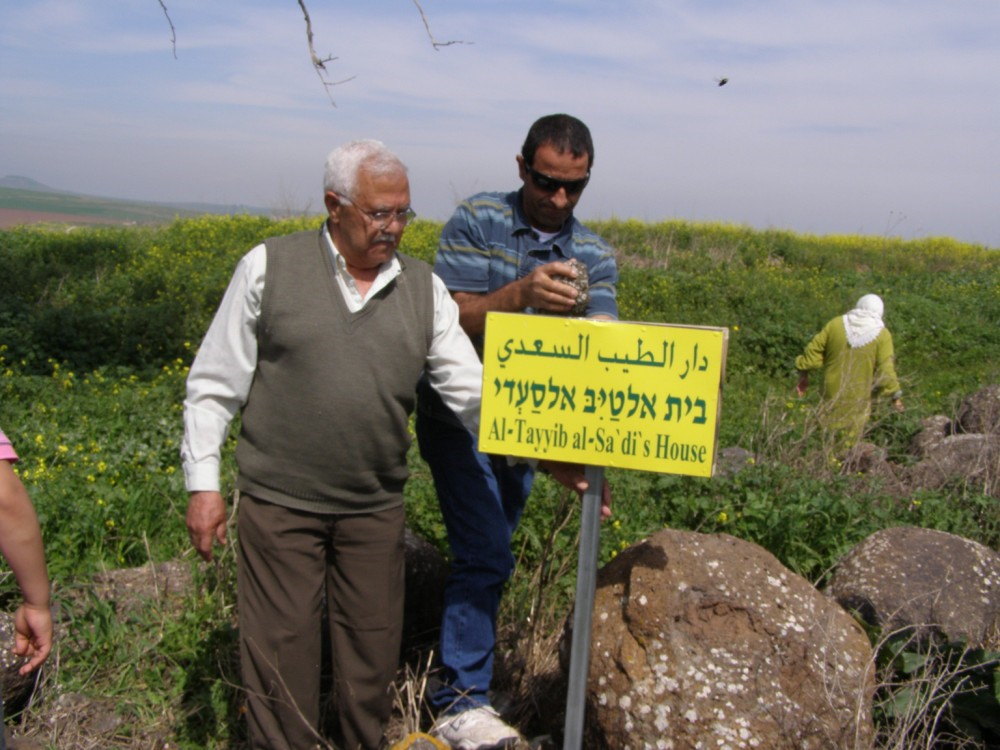
מנאד עיסא אלסעדי ליד שרידי ביתו
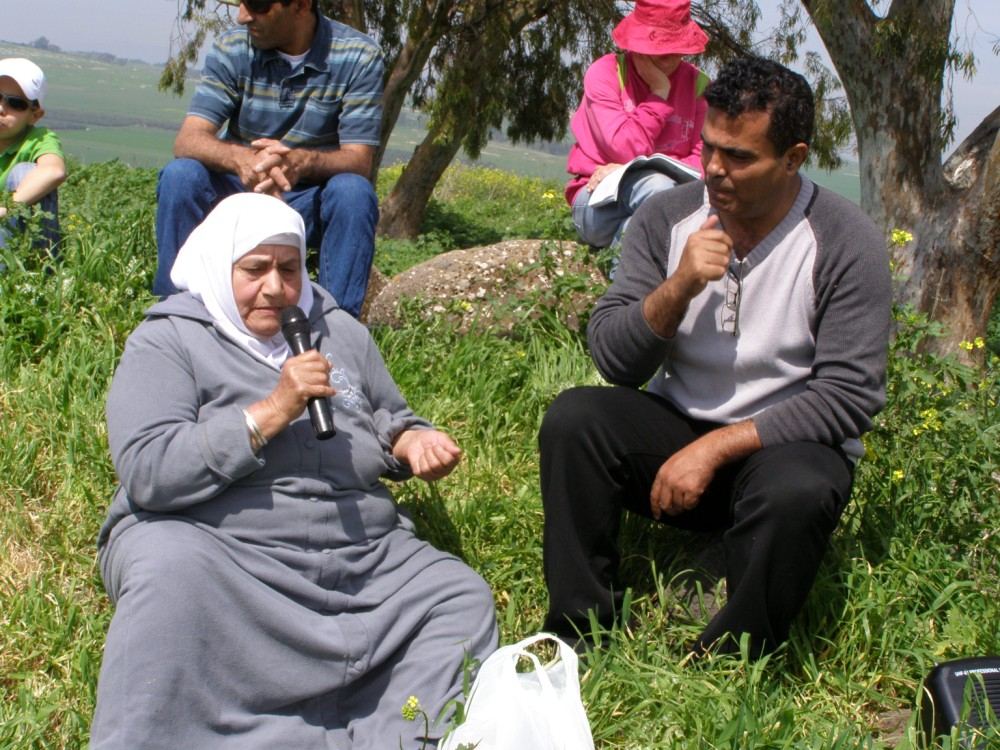
ת'ריא עיסא - פליטה מכַּפר סַבְּת
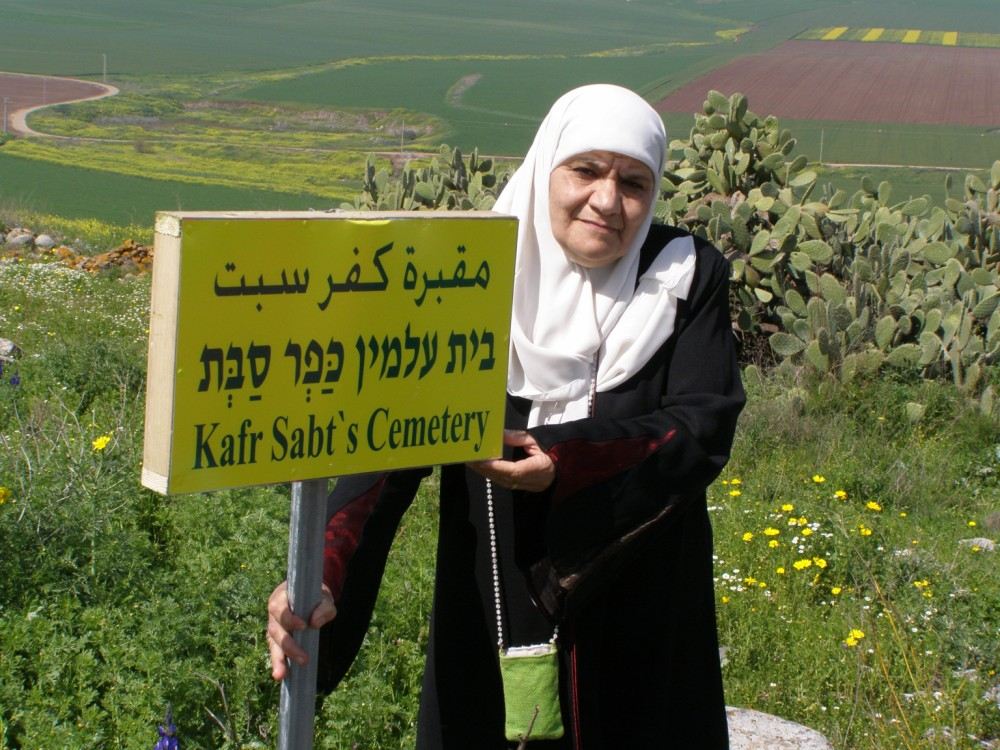
פאטמה עיסא - דור שני לנכבה
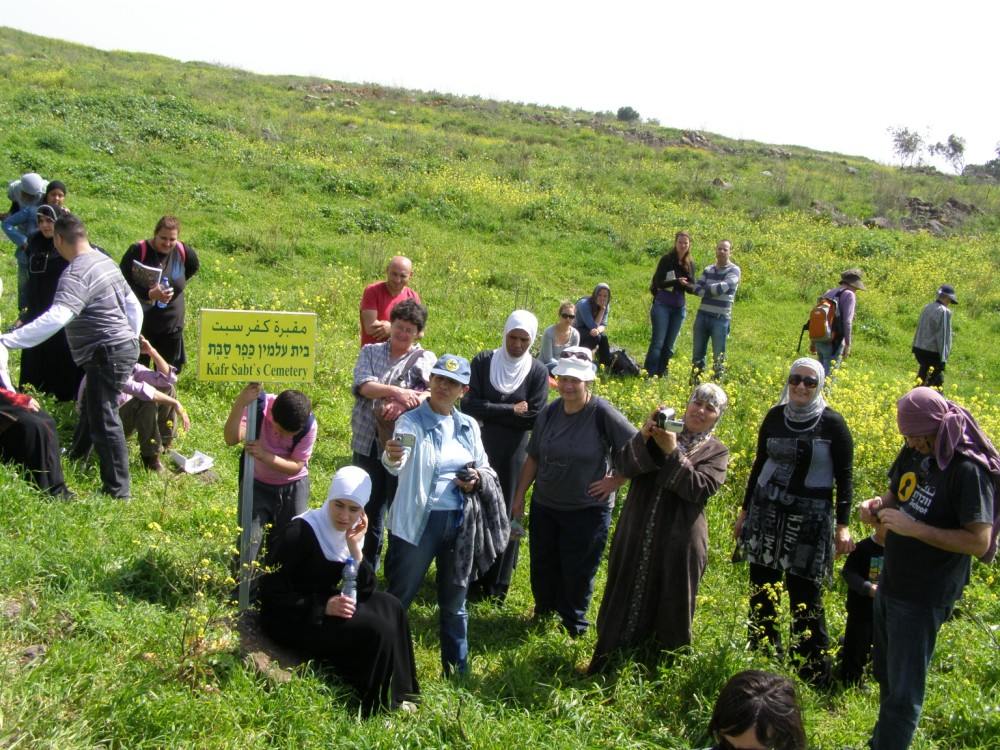
סיור לכפר סבת
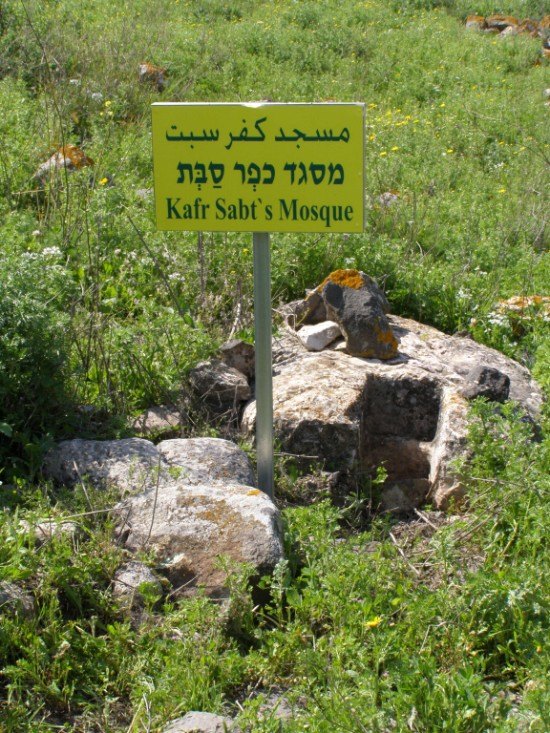
מסגד כפר סבת
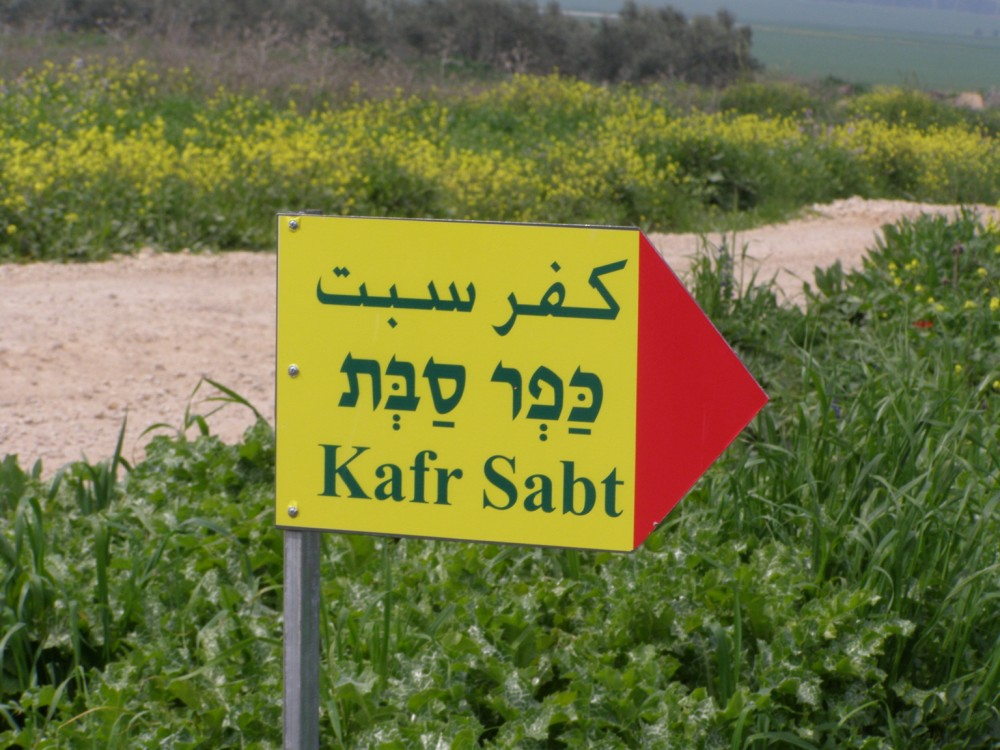
כַּפְר סַבְּת


